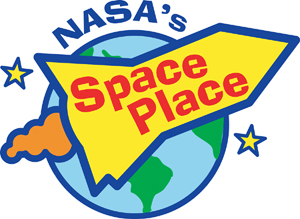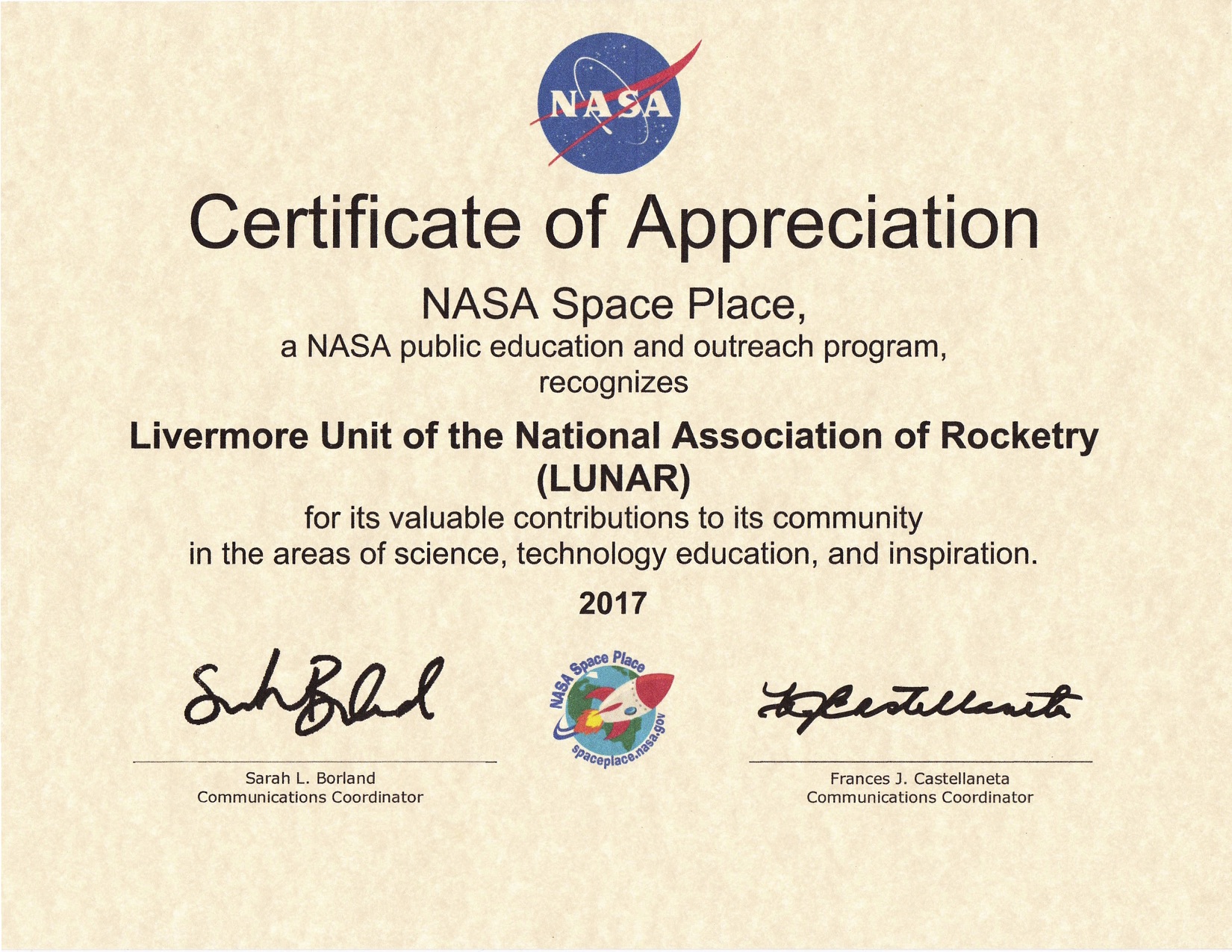By Linda Hermans-Killiam
NASA JPL
High above Earth is a very active part of our upper atmosphere called the ionosphere. The ionosphere gets its name from ions—tiny charged particles that blow around in this layer of the atmosphere.
How did all those ions get there? They were made by energy from the Sun!

